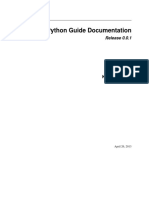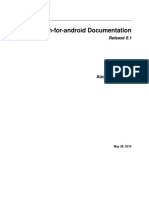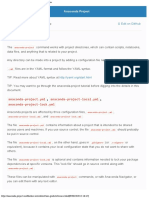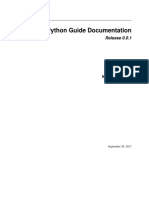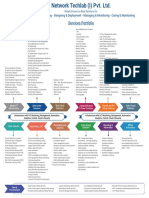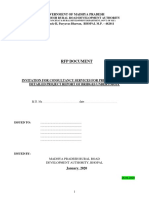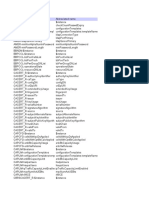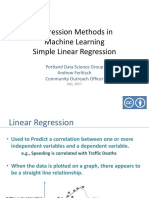0% found this document useful (0 votes)
14 views24 pagesWorkflow
The document outlines the structure and components of the Cloudbox99 Helpdesk application, detailing the organization of files and directories for both the backend (Flask API) and frontend (React UI). It highlights the roles of various files, such as virtual environments for Python dependencies, scripts for database initialization, and configuration files for project management and build processes. Additionally, it describes the workflow of user queries within the system, emphasizing the interaction between the frontend and backend components.
Uploaded by
kbsraghu23Copyright
© © All Rights Reserved
We take content rights seriously. If you suspect this is your content, claim it here.
Available Formats
Download as DOCX, PDF, TXT or read online on Scribd
0% found this document useful (0 votes)
14 views24 pagesWorkflow
The document outlines the structure and components of the Cloudbox99 Helpdesk application, detailing the organization of files and directories for both the backend (Flask API) and frontend (React UI). It highlights the roles of various files, such as virtual environments for Python dependencies, scripts for database initialization, and configuration files for project management and build processes. Additionally, it describes the workflow of user queries within the system, emphasizing the interaction between the frontend and backend components.
Uploaded by
kbsraghu23Copyright
© © All Rights Reserved
We take content rights seriously. If you suspect this is your content, claim it here.
Available Formats
Download as DOCX, PDF, TXT or read online on Scribd
/ 24

















